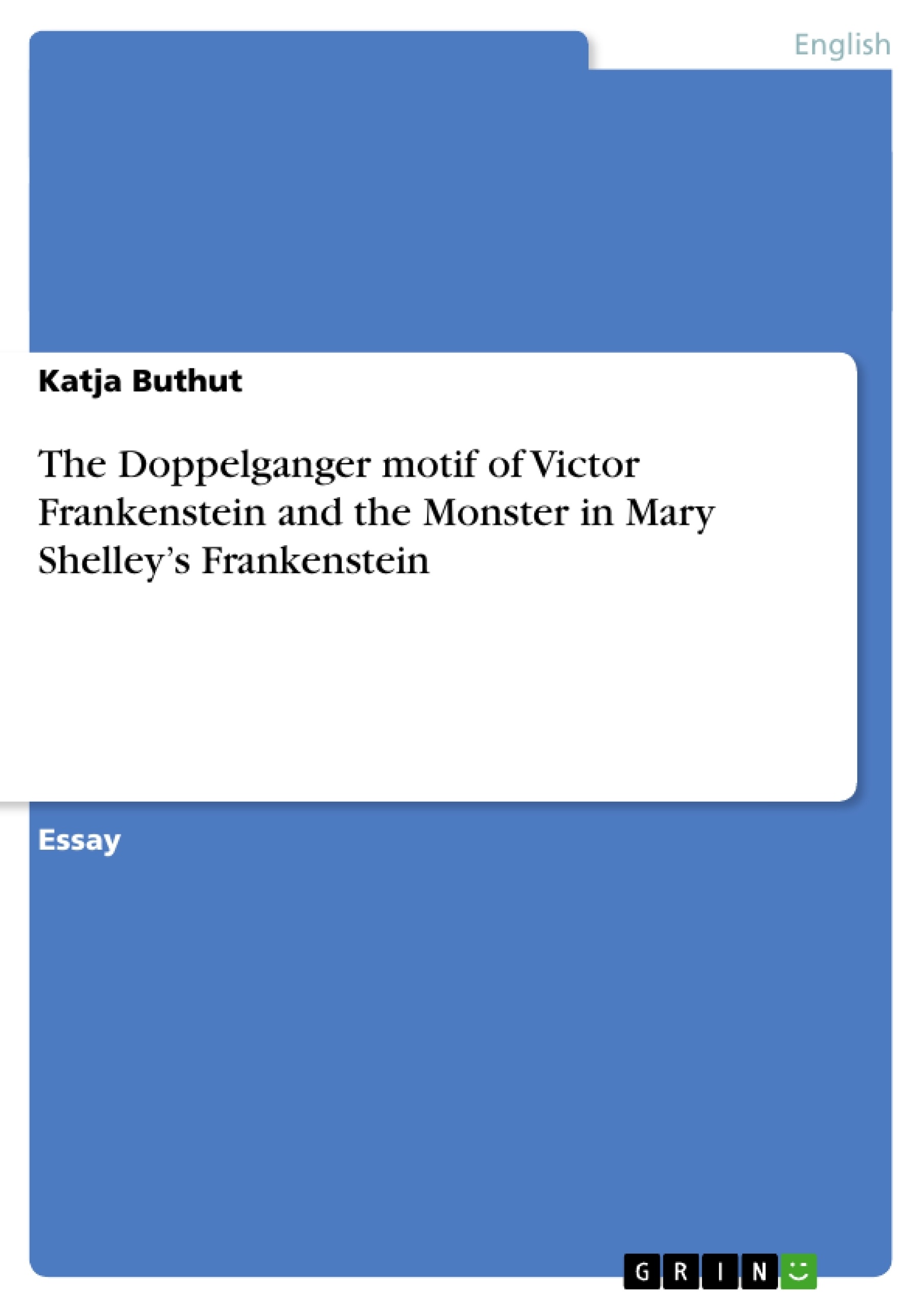Walking through the streets of nowadays’ Prague, I became acquainted with an example of the very vivid traditions and legends of the Jewish population during the medieval times. My tourist guide took me to see the Jewish cemetery and the Jewish alley, which back then was a part of the Ghetto in Prague. “You know, the Jews in Prague suffered from a lot of accusations which had to do with their way of living, and which had their roots in the traditional behavior of the Christian central European society,” my guide told me. “That’s why, one day, a rabbi created a creature to help the Jews against those incriminations, the Golem.” According to my guide, the rabbi – much like God – formed the Golem out of clay; a creature that looked like a human but was not able to speak, only to take orders and fulfilled them. When the Golem was not needed anymore – and because it caused some troubles that seemed to scare people – the rabbi took away life from his creation and the Golem returned to be the clay he had been before. My guide showed me the little lot of clay in the synagogue that is believed to be the rests of the Golem. Later I became aware of the many adaptations this story had in literature and film. Often the image of the Golem was rendered into a vicious creature that cannot be controlled by his inventor anymore, causing death and illnesses where ever he appears. In this sense the story of the Golem has many parallels with Frankenstein’s creation: the Monster1.
Inhaltsverzeichnis (Table of Contents)
- The Doppelganger motif of Victor Frankenstein and the Monster in Mary Shelley's Frankenstein
Zielsetzung und Themenschwerpunkte (Objectives and Key Themes)
This essay analyzes the motif of the Doppelganger in Mary Shelley's Frankenstein, exploring the relationship between Victor Frankenstein and his creation, the Monster. It examines how the Monster can be interpreted as a representation of Frankenstein's subconscious and explores the consequences of Frankenstein's actions, ultimately arguing that Frankenstein is the true villain of the story.
- The Doppelganger motif and its relevance to the relationship between Victor Frankenstein and the Monster
- The Monster as a representation of Frankenstein's subconscious
- The responsibility for the deaths of Frankenstein's loved ones
- Frankenstein's attempt to play God and the consequences of his actions
- The novel as a study of the decline of one person, Victor Frankenstein
Zusammenfassung der Kapitel (Chapter Summaries)
The essay begins by introducing the concept of the Doppelganger through the legend of the Golem, highlighting the similarities between the Golem and Frankenstein's Monster. It then examines the creation of the Monster, emphasizing Frankenstein's ambition and ignorance in playing God. The essay further explores the Monster's search for acceptance and the consequences of his rejection by society. It argues that Frankenstein, by abandoning his creation, bears significant responsibility for the Monster's actions and ultimately for the deaths of his loved ones.
The essay then delves into the interpretation of the Monster as a representation of Frankenstein's subconscious, suggesting that the Monster's actions are driven by Frankenstein's repressed desires and fears. It concludes by examining the novel as a study of the decline of Victor Frankenstein, highlighting his realization of his own vanity and his ultimate downfall.
Schlüsselwörter (Keywords)
The essay focuses on the following key terms: Doppelganger, Frankenstein, Monster, creation, responsibility, ambition, rejection, subconscious, decline, villain.
- Quote paper
- Katja Buthut (Author), 2006, The Doppelganger motif of Victor Frankenstein and the Monster in Mary Shelley’s Frankenstein, Munich, GRIN Verlag, https://www.grin.com/document/134719




